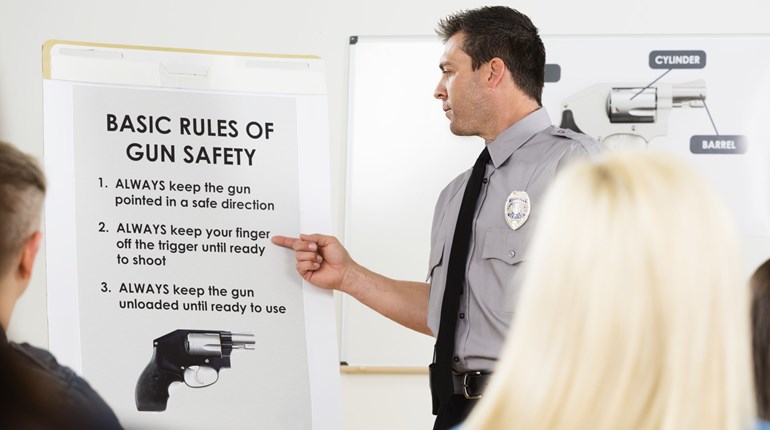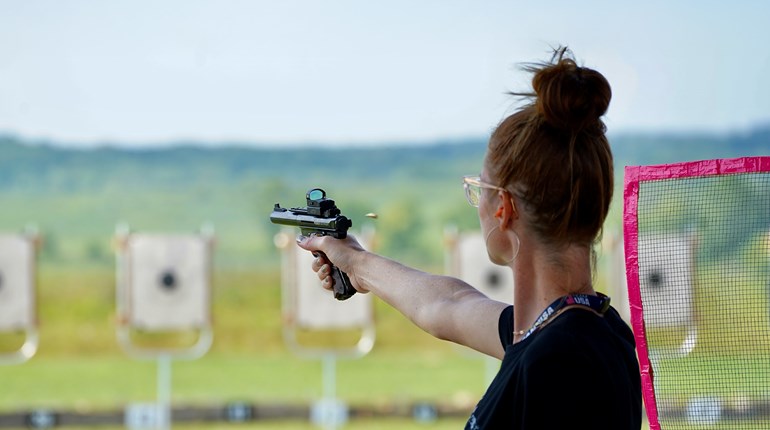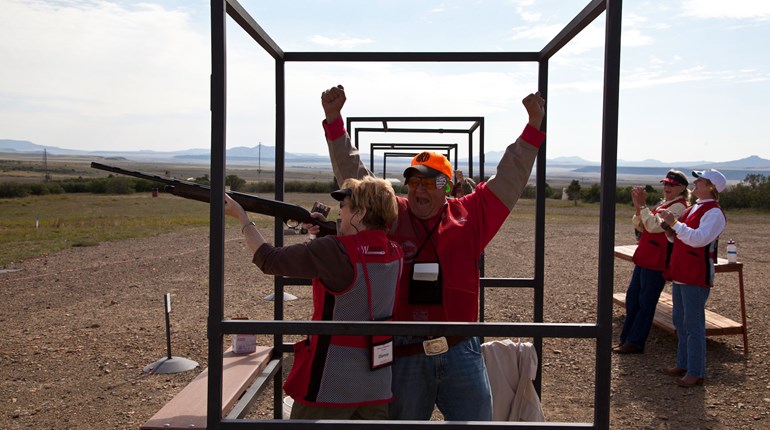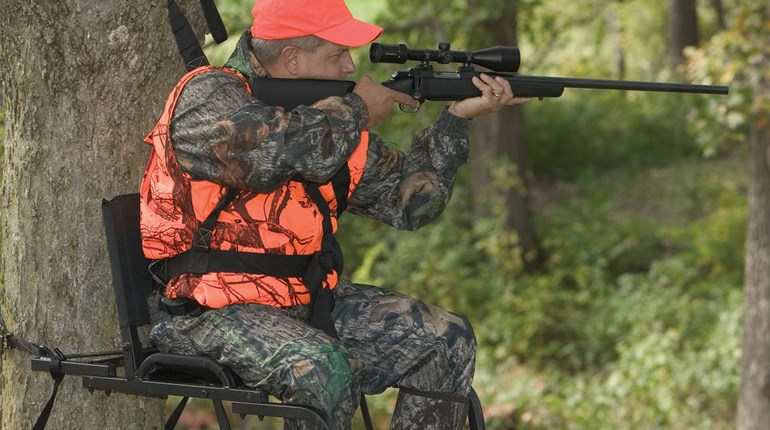
Life as an experienced outdoorswoman is its own reward. There is no feeling in the world like walking into the deep, dark woods knowing that out of all the frightening things in the forest, the most terrifying is you. That said, there are many dangerous places in the outdoors that do require your full attention so you can navigate them safely. Even experienced hunters and hikers sometimes need a refresher, so read on for the four most dangerous places in the outdoors … and what you need to do if you find yourself there.
Your Treestand
Did you know that the overwhelming majority of hunting-related accidents and deaths have nothing to do with guns at all? It’s true; although the numbers tend to go down from year to year (and amen to that), being up in a treestand is about the most dangerous place you can be if you’re hunting.
Says American Hunter Editor-in-Chief Scott Olmsted, “The majority of all falls can be traced to one thing: The victims were not wearing safety harnesses. What eventually occurs varies. Some hunters misstep when transferring from tree to stand, either kicking the platform ajar or missing it entirely. Some lose their footing when rain makes the platform slippery. Some lean too far when spying game or taking aim. Some fall asleep. One of the seemingly most implausible yet real possibilities: The hunter simply forgets where he is and steps off the stand into oblivion.”
Clearly, the smartest thing you can do is wear your safety harness at all times, no exceptions. It also appears that the second-smartest thing you can do is to simply stay awake and alert to your surroundings … and that’s always good advice. (For more, check out this list of four ways to ensure your treestand safety this fall!)
An Arroyo Downstream from a Thunderstorm
Whether you call it an arroyo, a dry wash or a dry streambed, it’s a tempting place to hike. What’s more, there’s no reason why you shouldn’t take advantage of the naturally smoother terrain that you’ll find in an arroyo … unless, of course, there happens to be a hard rain upstream. That’s how you find yourself trapped in a flash flood, which is one of the deadliest situations you may encounter outdoors.
Part of the reason why flash floods are so deadly is that it can be difficult to take them seriously unless you personally have experienced the power of one. Depending on the fluid dynamics of the particular spot you’re in, things can go full maelstrom with shocking speed. It’s worst in dry environments in which the soil doesn’t absorb water very well, but it can also happen when the soil is already saturated. (Here’s a video example; there are hundreds of others.)
Another part of the reason why some folks aren’t as alert to flash floods as they should be is that they’re only thinking of the water, and they know that they can swim. But just as with tornadoes, it’s not really the water you need to worry about—it’s the things in the water. Any object caught up in the flow instantly becomes a bludgeon, and any barrier in the way of the flow becomes a drowning deathtrap.
The best advice we can give you here is to pay close attention to the weather, especially in the desert. A rain that would do little more than dampen the dew in Washington State could cause tragic flash flooding in the Sonoran. What’s more, it can happen from a starting point several miles away—you may not even be able to see the thunderheads if your dry streambed is deep enough. If you’re hiking an arroyo and water starts flowing around your feet, get to high ground immediately.
Where the Signs Say “Don’t Go”
This one may seem like a real no-brainer in the abstract: If the sign says don’t go there, you probably shouldn’t. However, in the real world, what happens is that we either disregard the sign or don’t have the capacity to understand just how serious it is.
The best example of this comes to us courtesy of Yellowstone State Park, which is (justifiably) famous for its geothermal features. Unique, eerily beautiful and deceptively peaceful, the geysers and hot springs of Yellowstone are threaded with paths and marked with signs for very, very good reasons. Twenty people have died from falls into the boiling water that rages just beneath the thin surface crust, most recently in 2016.
“Geothermal attractions are one of the most dangerous natural features in Yellowstone, but I don't sense that awareness in either visitors or employees,” said Hank Heasler, the park's principal geologist, in this article. According to the piece, the victims include seven young children who slipped away from parents, teenagers who fell through thin surface crust, fishermen who inadvertently stepped into hot springs near Yellowstone Lake and park concession employees who illegally took "hot pot" swims in thermal pools.
Anywhere, If You Have a Poorly Managed Health Condition
If you have a poorly managed health condition, any place that’s going to be difficult for emergency workers to come and get you is a dangerous place. As with all of the above dangerous spots, the best way to secure your safety is with knowledge.
One of our contributors, Serena Juchnowski, recently shared her experience of navigating the outdoors with Type 1 diabetes. “Halfway up a large hill, I could hardly walk. My shaky hands struggled to open the small tube of glucose tablets I had brought with me, but before the end of the hike, I had run out. I learned a valuable lesson—T1D is unpredictable. There is no way to predict exactly how my body will react on any given day and it is always better to be over prepared.”
Of course, diabetes isn’t the only sneaky disease that could cause a tragedy in the outdoors. A heart attack in the backwoods would be pretty difficult to survive, as NRA Family contributor Col. Haynes reported. NRA Women contributor Becky Yackley wrote about a similar situation in "We Are Our Own First Responders," a story that had a happy ending thanks to a quick-thinking and prepared bystander during a competitive shooting match.
The best thing you can do to keep safe in this particular “dangerous place” is to listen to your body and seek the advice of a doctor before you begin doing things in the outdoors that are new to you. If you’re on any medication that you need to manage your condition, make sure that there’s a supply in your survival kit and take it with you every time you go out.
As it turns out, the most dangerous place to be in the outdoors isn’t really a place at all, but a state of mind. Always remember that you already have everything you need to keep safe right between your ears—and we’ll see you in the outdoors!















































